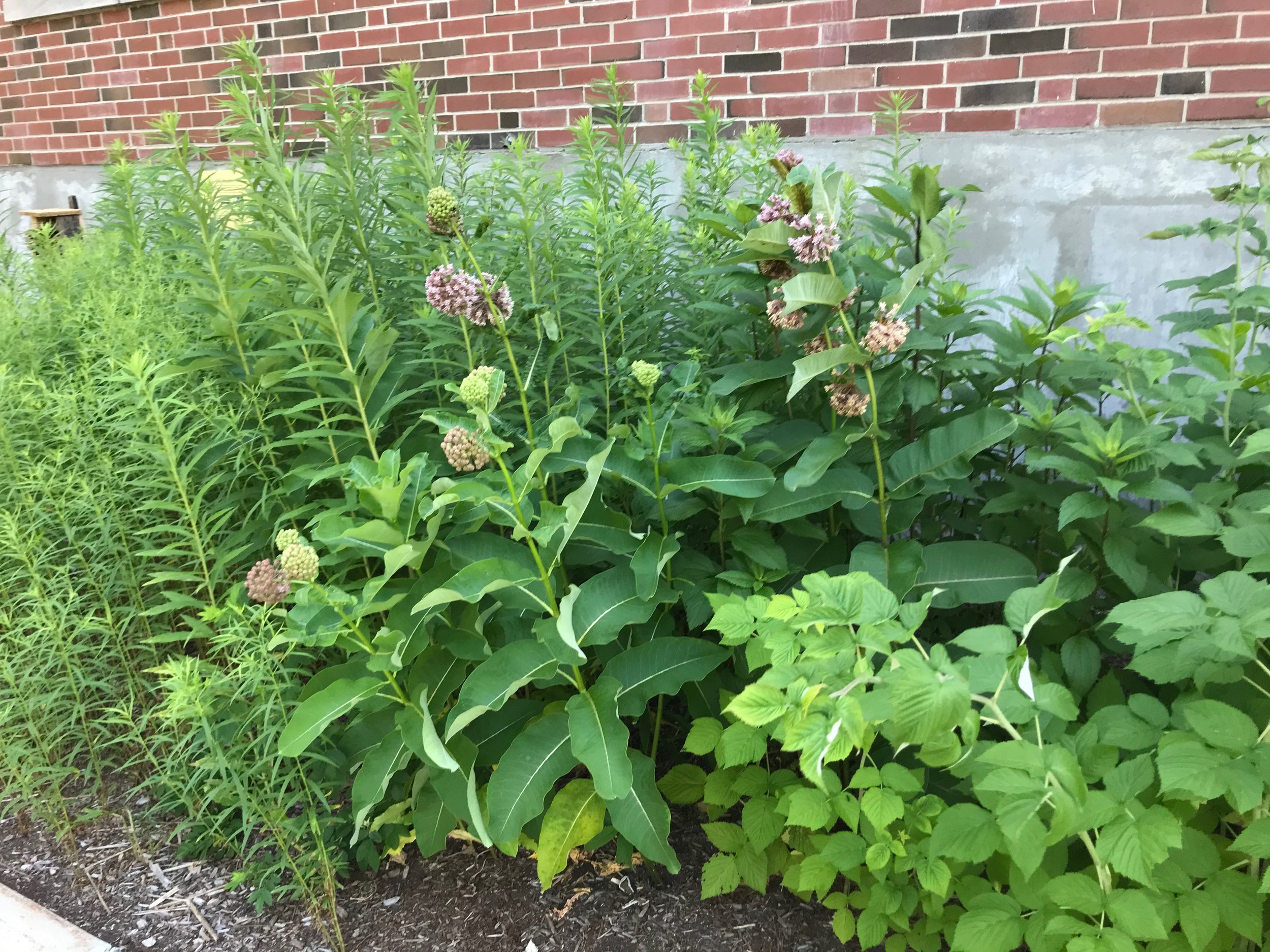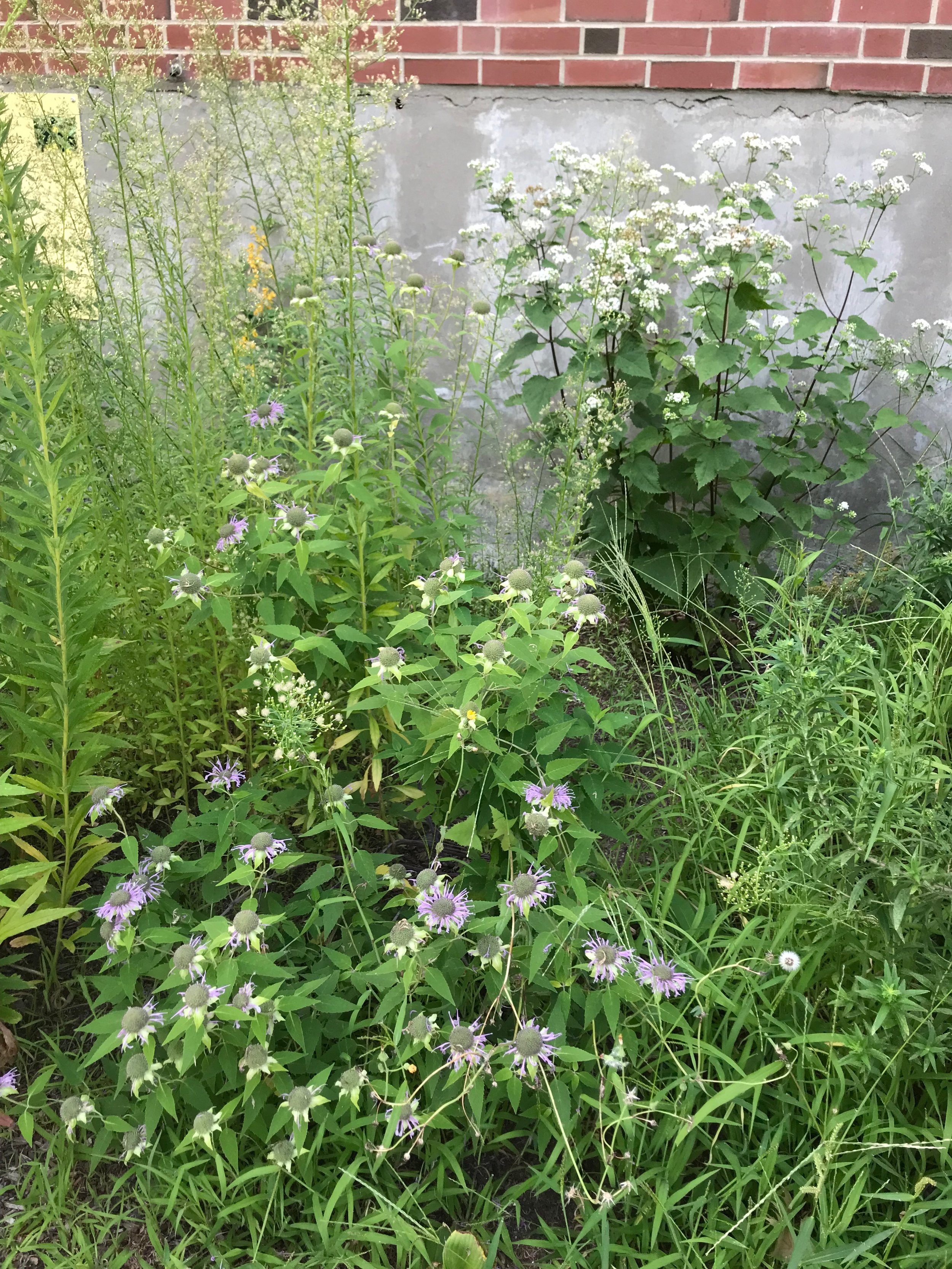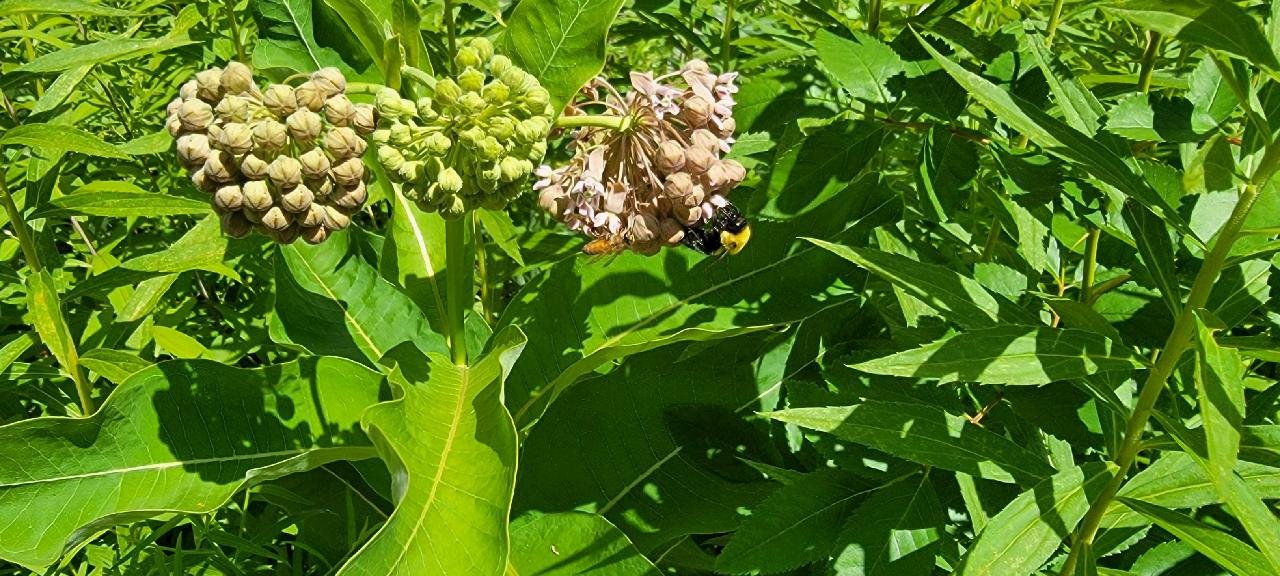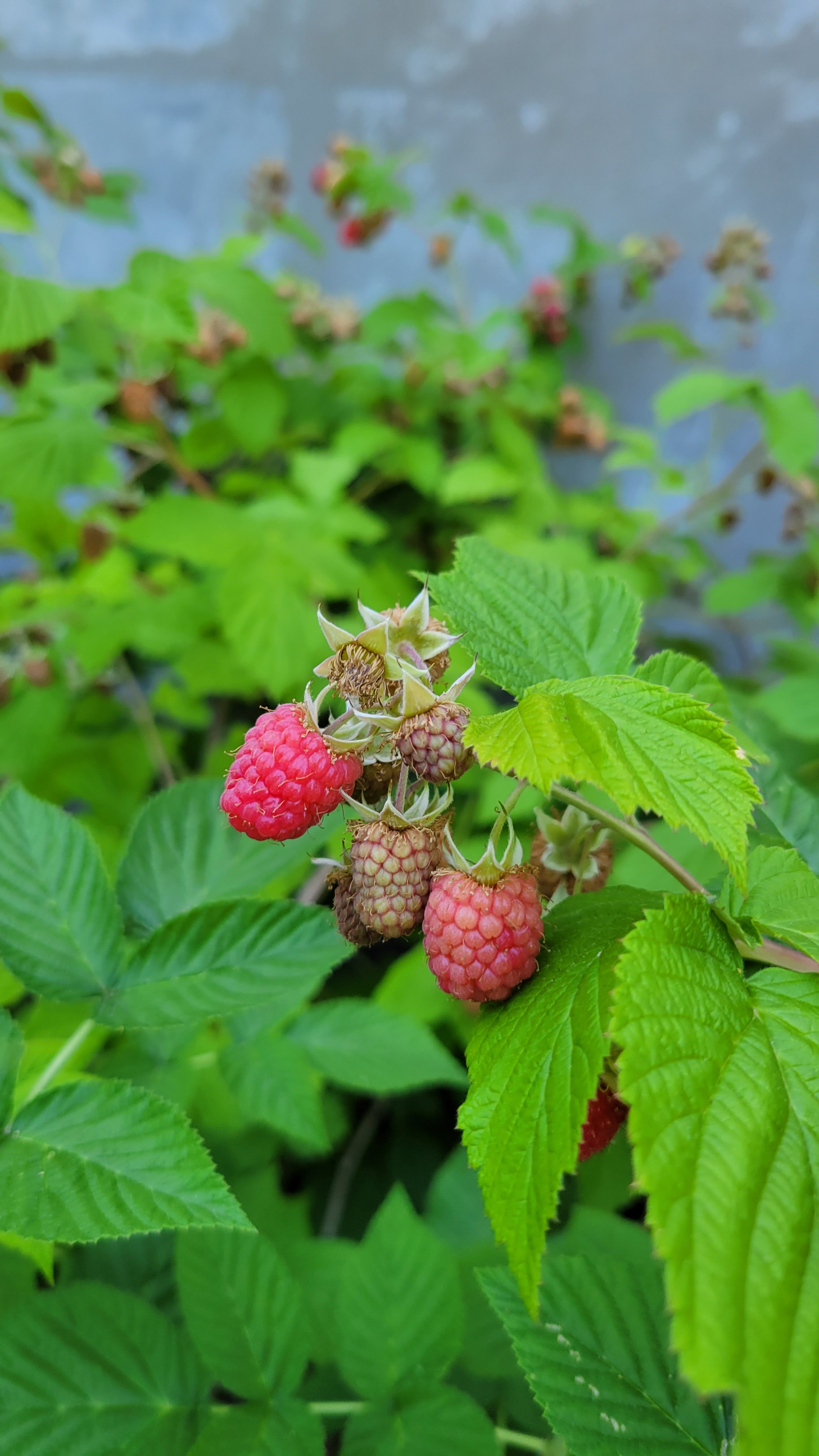OZONE BIOINDICATOR GARDEN
AND NATIVE POLLINATOR HABITAT
About the Garden:
This pesticide-free garden provides floral and nesting resources for a range of wild pollinator species, and is also part of a nationwide network of gardens using plants to monitor ozone pollution.
About TEMPO:
The TEMPO (Tropospheric Emissions: Monitoring of Pollution) mission is a collaboration between NASA and the Smithsonian Astrophysical Observatory. The TEMPO mission is supported by the NASA Science Mission Directorate. The overall goal of the TEMPO mission is to measure air pollution in North America from space.
Information about the Ozone Bioindicator Garden project: http://tempo.si.edu/outreach.html
Factsheet about the TEMPO mission: http://tempo.si.edu/TEMPO-FactSheet.pdf
In our Garden:
Ozone-sensitive plants
Cutleaf Coneflower (Rudbeckia lacinata)
Potato (Solanum tuberosum)
Carolina nightshade (Solanum carolinense)
Common milkweed (Asclepias syriaca)
Pollinator habitat
Nightshade
Milkweed
Wrinkleleaf Goldenrod (Solidago rugosa)
Grass-leaved Goldenrod (Euthamia graminifolia)
Coastal plain Joe Pye weed (Eutrochium dubium)
New England aster (Symphotrichum nova-angliae)
White snakeroot (Ageratina altissima)
Bee balm (Monarda fistulosa)
Blue giant hyssop (Agastache foeniculum)
Wild senna (Senna hebecarpa)
Swamp sweetbells (Eubotrys racemosa)
Red raspberry (Rubus ideaus) and Black raspberry (Rubus occidentalis)
White meadowsweet (Spirea alba)
Carolina rose (Rosa carolina)
Common buttonbush (Cephalanthus occidentalis)
Sand cherry (Prunus pumila)











